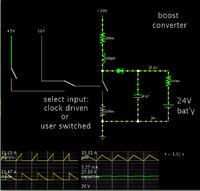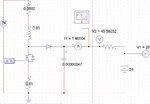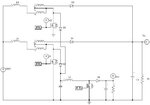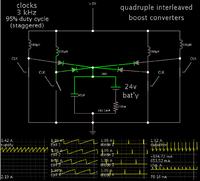meartisch
Newbie level 5

Hi there.
I've been assigned a task of designing a DC converter to charge the battery of an hybrid vehicle. The problem is, the motor through regenerative braking will be supplying Voltage/current between 20-24V, 40-100Amps to the converter. So please is there converter i could use to produce 28V and 10Amps output?
I was going to use synchronous buck converter using LTC3789 but the chip couldn't handle the input current, so i'm confuse how to go about it.
Thanks for any suggestion in advance.
I've been assigned a task of designing a DC converter to charge the battery of an hybrid vehicle. The problem is, the motor through regenerative braking will be supplying Voltage/current between 20-24V, 40-100Amps to the converter. So please is there converter i could use to produce 28V and 10Amps output?
I was going to use synchronous buck converter using LTC3789 but the chip couldn't handle the input current, so i'm confuse how to go about it.
Thanks for any suggestion in advance.









